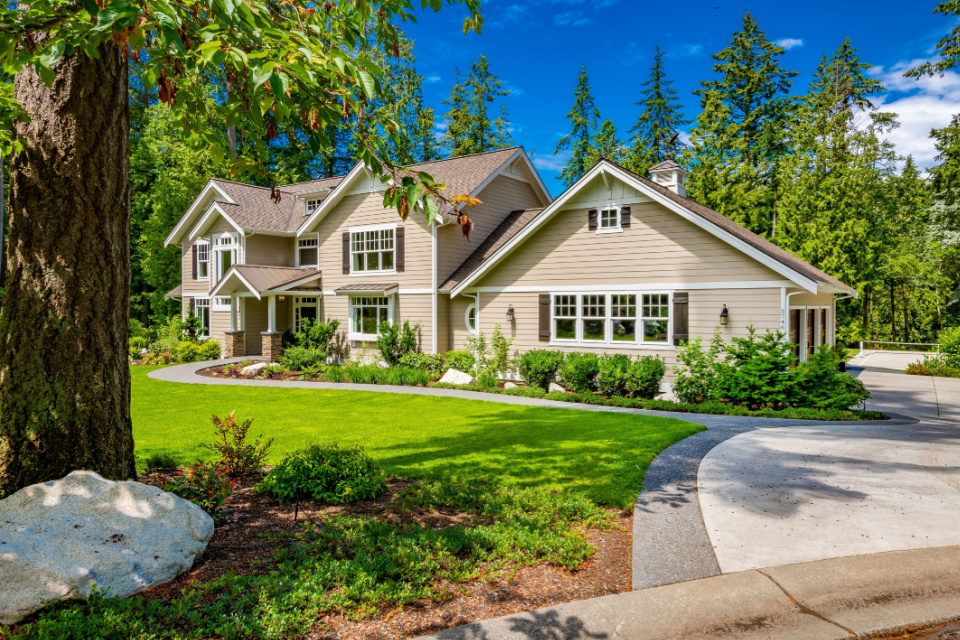
Terrace Garden Design Guide
06/14/2023
Popular interior design styles in Australia
07/25/2023Australia’s residential architecture is very diverse. From colonial architecture before the 19th century to the modernist style of stability and development. Each architectural style reflects the Australian lifestyle, cultural atmosphere and economic environment in different eras. When you learn about the different architectural styles in Australia, you can choose to build a replica of a house in a particular era, or incorporate vintage style elements into a modern house design.
- Queenslander style.
Beginning in 1840, this style of residence is mainly concentrated in Queensland, Australia, and northern New South Wales. The house is divided into three parts, the ground (wooden piles), the room (which can be two floors) and the roof. Deeply inserted wooden piles support the structure of the house, making the house look like it is suspended in the air, effectively resisting floods, heat and humidity, and snakes, rodents and ants. And it is made of wood, with multiple corridors and a corrugated iron roof. I believe that friends in Queensland often see this type of house. Most of them will be paved with stones under the house to prevent the growth of weeds. Some will raise the bottom to make parking spaces, or transform them into warehouses and storage. room, etc., is still very practical.
- Victorian style.
Victorian architecture is an umbrella term referring to several architectural styles that emerged during the reign of Queen Victoria between 1840 and 1901. 1840-1900 was a wave of immigration to Australia. Because at that time, with the increasing number of immigrants from the UK, the city center covered limited employment and underdeveloped transportation, most working-class people chose to live within 3 kilometers of the city center. VT (Victorian Terrance) is a product built to meet the living needs of the working class. The early period (1840-1860) of this type was simple and regular in style, with little decoration. The dwellings are brick buildings with pitched roofs made of corrugated steel, tiles or slate. The homes of the middle period (1860-1875) were similar to those of the earlier period, except that they were more ornamented, such as house frontages generally being stuccoed and front porches with wrought-iron lace. Interiors include polished wooden floors, colorful window panes and decorated ceilings. The houses in the later period (1875-1901) absorbed the characteristics of Italian architectural style, and the appearance was more gorgeous. The color of the house is more vivid and bold than that of the early buildings. Most of the exterior walls use bricks of various colors and tiles of various styles. Most of these homes are located in the city’s oldest neighborhoods or small towns, such as Melbourne’s Carlton district. Victorian homes have long been popular with buyers for their rich history, great location and ornate decor.
- Federation house.
With the end of the first immigration wave in Australia, the stability of the political situation and the increase of the family population, the demand for houses has changed. The name Federation is also to commemorate the beginning of Australia’s federal system. Most of the houses are independent or semi-independent buildings. The external walls are mostly red bricks and wooden boards, often equipped with rain shields. At the same time, the houses of this period can already see the shadow of modern architectural style.
- Postmodern style.
Beginning in 1945, the post-modern style became popular. The interior of the house is often open layout, and its design makes the house more economical to use building materials. The main features include: no color rendering on the exterior, neat and square exterior walls, large window glass, flat roofs, and almost no tiles.
At present, there are various architectural styles, and we no longer blindly follow the trend, but want to express our own elemental style. Although Australia has only a short history of more than 200 years of architectural development, most of the architectural styles since the 19th century can be found here, mostly because Australia is a country of diverse immigrants, including people from all over the world. On the other hand, due to Australia’s emphasis on history and culture, many areas are now regarded as historical relics for protection, and new buildings are not allowed to be built.




